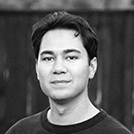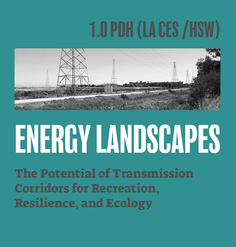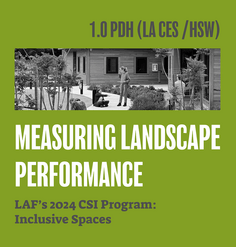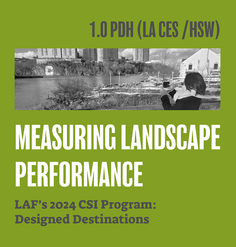Visualizing Extreme Heat Disparities
Recording from live webinar on 9/5/2024
Visualizing Extreme Heat Disparities: Lessons from the LAF-Funded “Heat Waves” Research Project
Extreme heat is the leading cause of natural disaster-related deaths in the United States, and the problem is expected to worsen as the effects of climate change intensify. Urban environments are particularly vulnerable to the heat, with hotter temperatures in areas with higher concentrations of concrete and asphalt. Underserved populations are disproportionately affected by heat waves, and the growing frequency and intensity of extreme heat pose a significant public health threat. Mitigating the unequal distribution of intense surface temperatures requires a multifaceted approach, including policy, public health, urban planning, and nature-based solutions.
The fourth LAF Research Grant in Honor of Deb Mitchell was awarded to “Heat Waves: Visualizing Thermal Disparities,” an 18-month research project to collect and analyze temperature data for Omaha, Nebraska using commercially available thermal visualization tools in order to evaluate the positive impacts of nature-based solutions on mitigating extreme heat.
In this webinar, the Principal Investigators will share their research process and present their findings. They will also introduce a toolkit for landscape planners and policymakers to make better-informed decisions in designing more just and equitable cities by using thermal visualization tools to show positive design impacts at a level that is more granular and reflective of the lived experience of extreme heat in formerly redlined communities. The research underscores the important role of landscape architects and planners in creating access to shade and sensible microclimates, which should be considered a public health concern and a civic resource shared by all.
Resources
Learning objectives
- Identify key factors in urban heat island effect
- Understand which commercially available thermal visualization tools would be appropriate for evaluating thermal conditions
- Understand the inequities of design and policy that underlie the urban heat island crisis
Continuing Education Credits

This course is approved for 1.0 Professional Development Hour (PDH) through the Landscape Architecture Continuing Education System (LA CES) and meets the health, safety, and welfare requirements (HSW).
To earn 1.0 LA CES (HSW)
- View the full webinar above.
- Complete the short quiz by following the link below. (You must score 75% or higher.)
- Wait ~2 weeks to receive your confirmation email once the quizzes are graded and results submitted to LA CES.
Panelists/Principal Investigators

Keenan Gibbons, PLA, LEED Green
Landscape Architect, SmithGroup
Lecturer, University of Michigan
Keenan is a licensed landscape architect and urban designer at SmithGroup and lecturer at the University of Michigan. He is an FAA-licensed drone pilot researching the heat island effect to fight climate change.

Salvador Lindquist
Professor, University of Nebraska
Salvador is an assistant professor of landscape architecture at the University of Nebraska – Lincoln. His area of research is at the intersection of climate and environmental justice through community-engaged design, with a specific focus on heat disparity.











